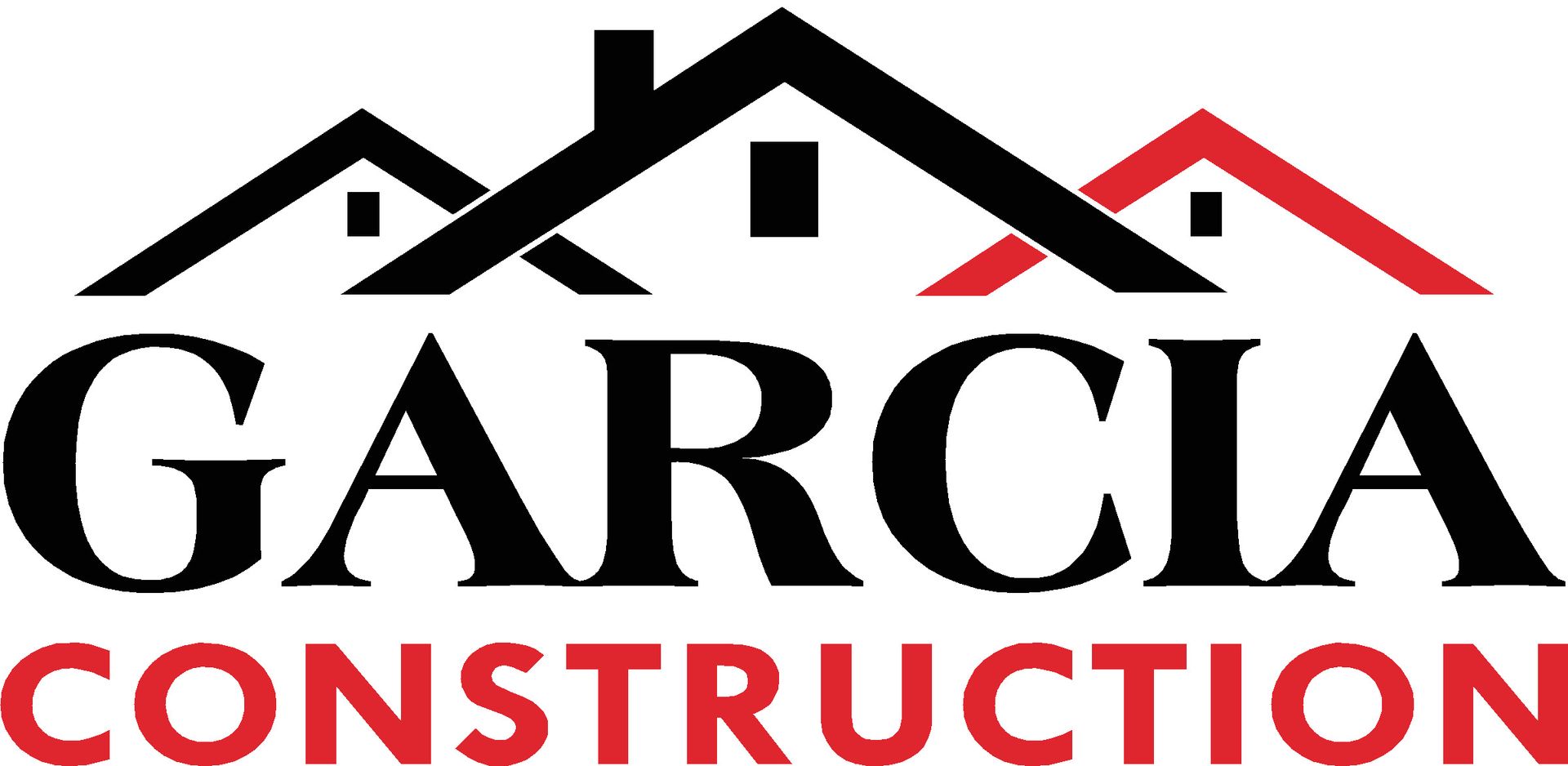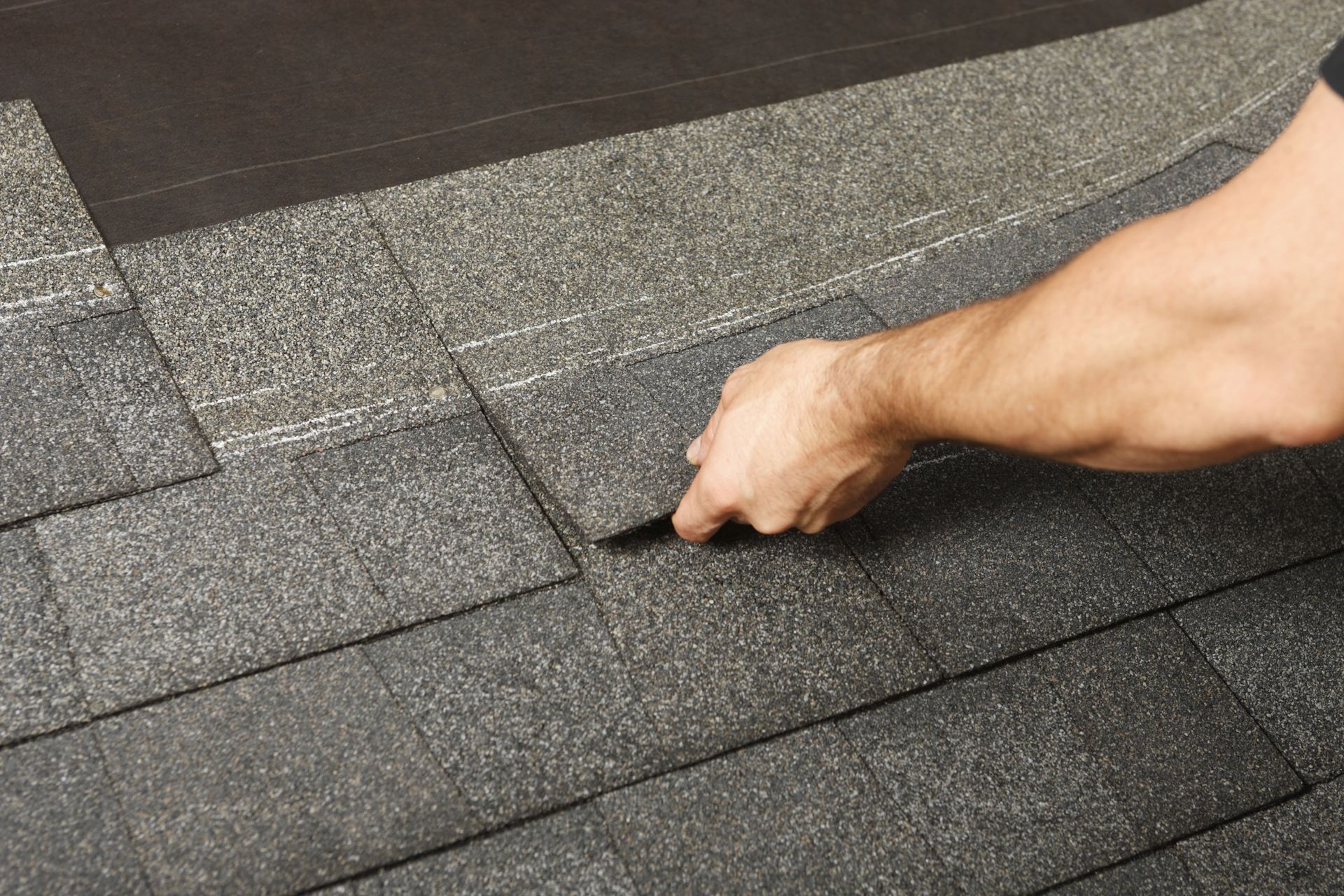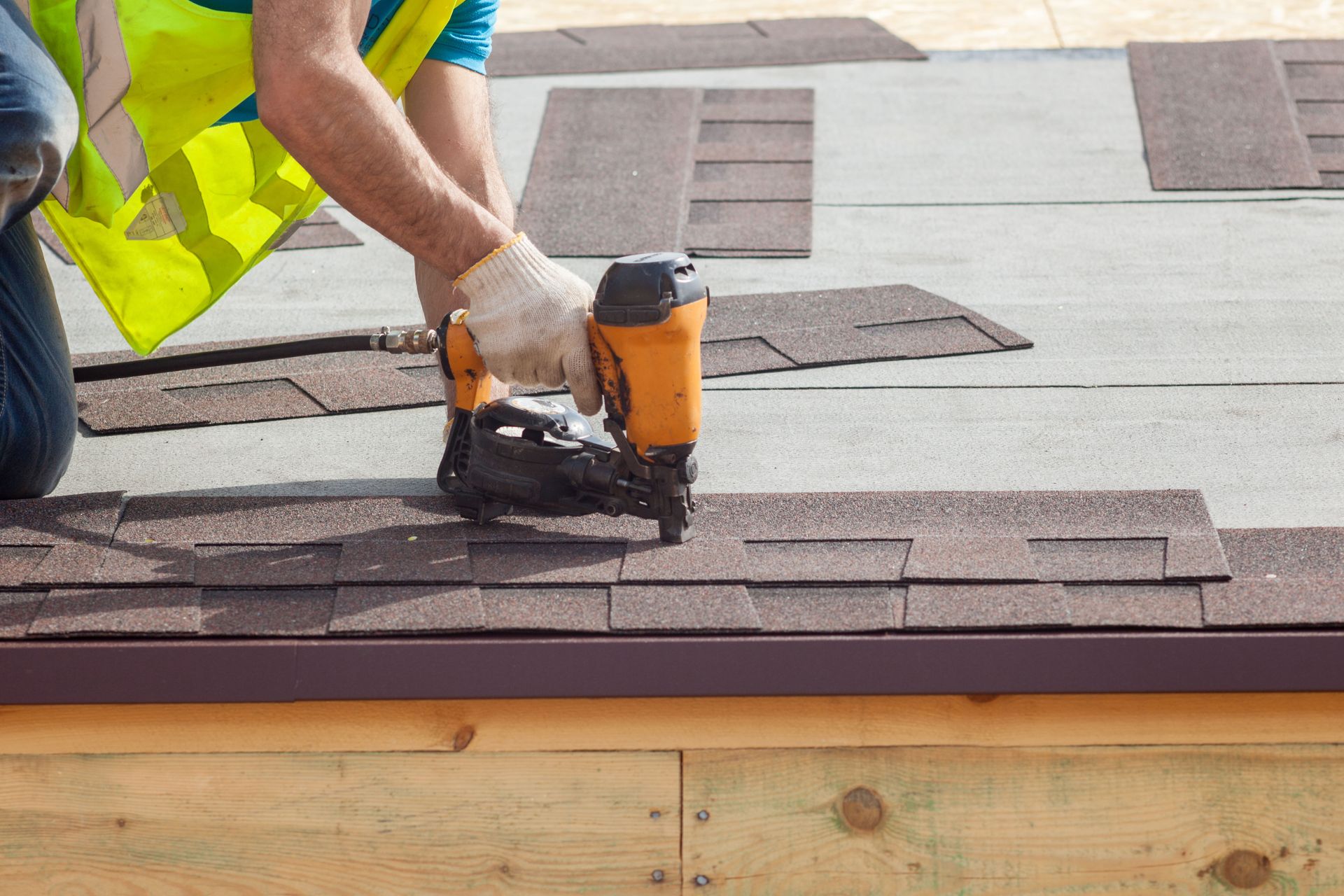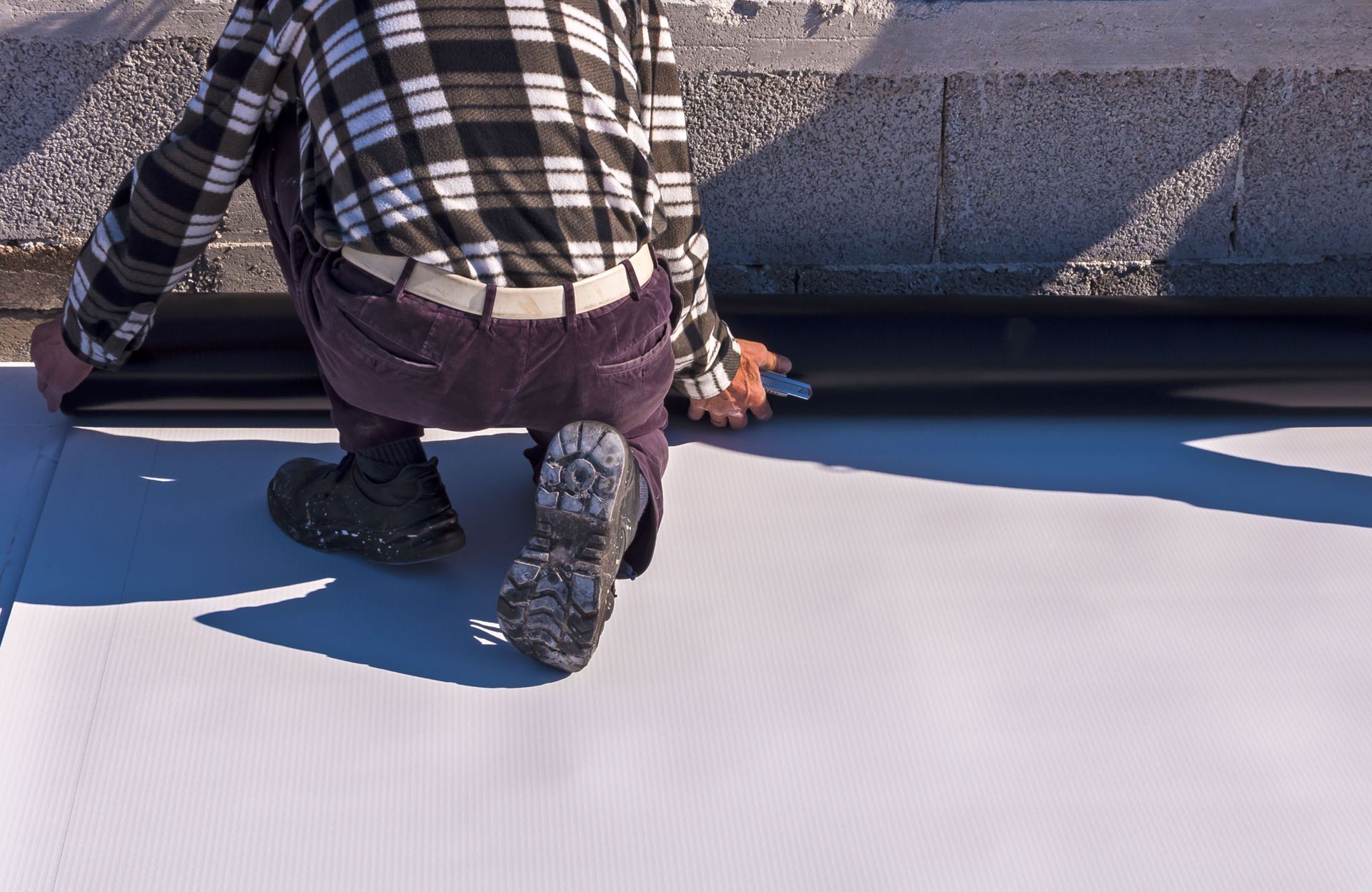3 Myths About Concrete, Busted
As the weather warms, many homeowners begin considering new outdoor projects. If you're thinking about starting a one that involves concrete, you're not alone. According to ConstructConnect, with 10 billion tons of concrete produced annually, it's the second most consumed material in the world, just after water. Before beginning your next concrete project, you should know the truth about some common concrete myths.
1. Concrete Is Always Gray
When picturing the future of your concrete project, it's common to imagine a drab, gray slab. On the contrary, there are multiple ways to color concrete and choose from multiple colors. The age of the concrete doesn't matter, either! A concrete contractor is able to add color to your previously poured concrete to spruce up an old garage floor or patio with ease.
That being said, there will be limitations with some concrete projects. Certain methods of coloring will not be applicable for specific exposure conditions, and you may not be able to choose any color that you want. Speak to a professional concrete contractor about the options available to you.
2. No Sheen or Marks Means the Concrete Is Dry
People often assume that if you can walk on concrete, or press your finger into it, and there are no marks left, then the concrete is dry. Unfortunately, it isn't that simple. Years of experience are required to properly assess when concrete is properly finished. Premature finishing, as well as over-finishing, can create significant problems down the line such as blisters, cracking, dusting, and more.
Another rule of thumb that inexperienced concrete DIYers often use is observing the sheen of the water found on the surface of the concrete. They believe that if there is no sheen, then the concrete is dry. However, a dry concrete surface doesn't necessarily mean that the whole slab is ready for finishing.
3. You Can Pour Concrete In Any Weather
If you've been planning to have your outdoor concrete project completed during cold weather months, then you may have to consult with a concrete contractor and rethink your timeline. Concrete that's been installed on frozen ground may cost you more in the near future. The frozen ground will likely cool the poured concrete too quickly and slow its hardening. Moreover, once the ground warms, the concrete will settle poorly and crack.
If you have preconceived notions of concrete's limitations, then it's best to touch base with a professional concrete contractor. Give Garcia Construction & Concrete Inc a call and we'll be more than happy to clear up any confusion and dispel any misconceptions. We look forward to hearing from you!







Share On: